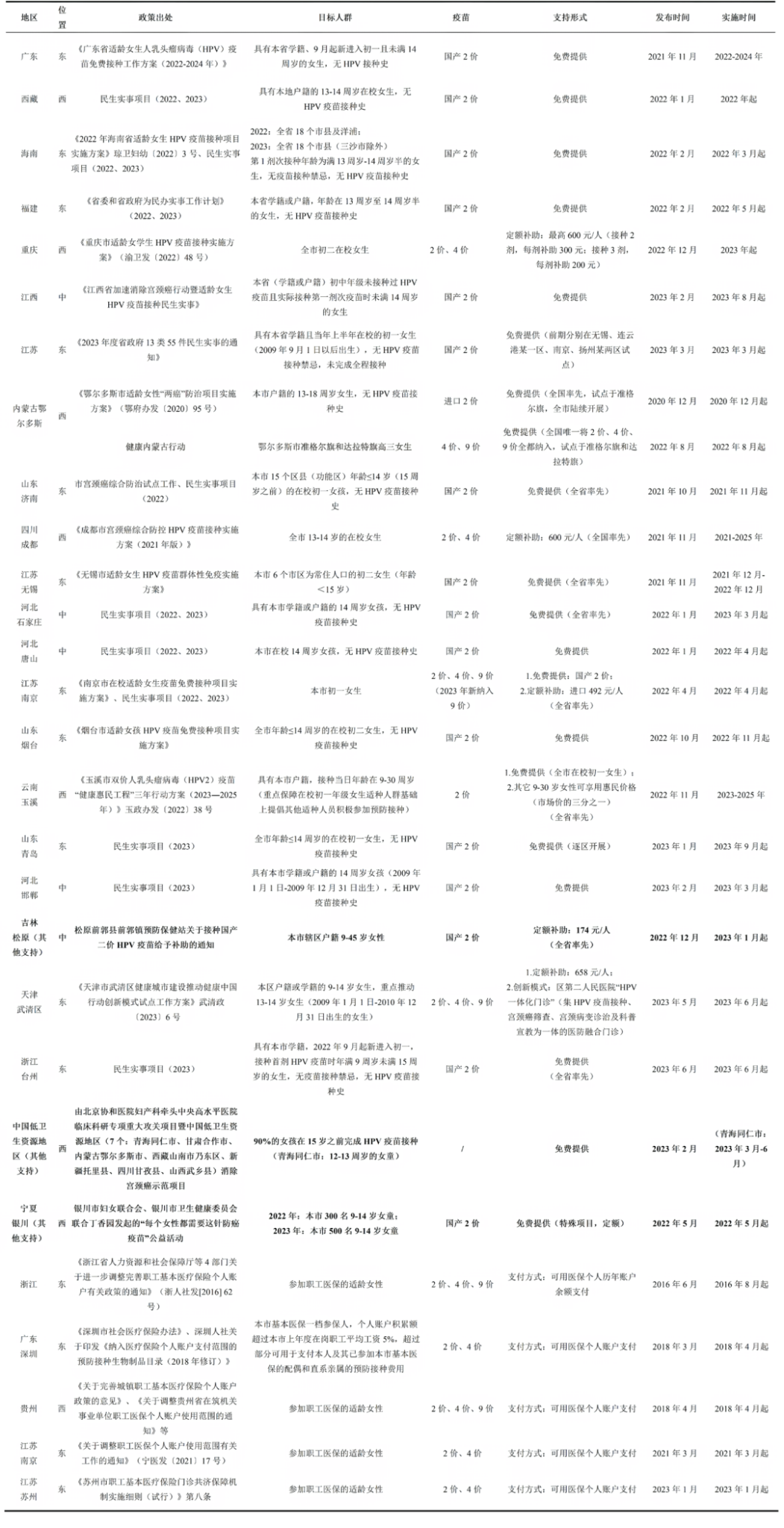Research Content Recommendation
01
Realist review of low- to upper-middle-income country experiences on integration of HPV vaccination with other adolescent health services
This article, published in Vaccine, adopts the Realist Synthesis method to systematically assess the practical experiences of integrating human papillomavirus (HPV) vaccination with other adolescent health services in low- to upper-middle-income countries, and explores its impact on vaccination coverage, program sustainability, and service equity. The study analyzes eight relevant documents from six countries (Uganda, Rwanda, South Africa, Malaysia, Togo, Tanzania), including both peer-reviewed and grey literature, and incorporates expert opinions to construct and iteratively develop a Theory of Change (ToC) model for integrated HPV vaccination delivery.
The study found that schools serve as the primary venue for HPV vaccination, with some countries supplementing through community or health facility-based approaches. The feasibility of service integration is influenced by various factors, including the extent of government support, sociocultural context (e.g., religious beliefs, gender inequality), and HIV prevalence. The study identified multiple integration mechanisms, mainly including: intersectoral collaboration (e.g., coordination between education and health departments); cost-sharing mechanisms (resource sharing between HPV vaccination programs and adolescent health services); supply chain and distribution integration (shared logistics systems for vaccines and other services); communication and monitoring integration (synchronization of health education and vaccine promotion); and co-delivery of services (vaccination provided alongside health checkups and educational sessions). Although integration models can enhance parental and adolescent acceptance, their long-term sustainability remains challenged. Some countries face difficulties in effectively implementing integration strategies due to uneven resource distribution and insufficient supply chain management. Furthermore, the study identified notable evidence gaps regarding how to meet the health needs of younger/older adolescents and out-of-school girls.
This review is the first to integrate operational-level evidence on combining HPV vaccination with adolescent health services and proposes an iteratively developed ToC framework to inform future policy development and implementation research. The study recommends further exploration of strategies to optimize integration mechanisms to ensure equity and sustainability in vaccination delivery, especially in resource-constrained countries.
*Realist Synthesis: A theory-driven method of systematic review grounded in realist philosophy, used to examine complex interventions.
*Theory of Change (ToC): A methodology for planning, participation, and evaluation used in the charity, non-profit, and governmental sectors to promote social change. It defines long-term goals and then maps backward to identify necessary preconditions.
https://doi.org/10.1016/j.vaccine.2025.126833
02
Gains vs losses in pay-for-performance: Stated preference evidence from a U.S. survey
This article, published in PLOS ONE, aims to explore the influence of “gains” versus “losses” framing in Pay-for-Performance (P4P) incentive mechanisms on the motivation of primary healthcare providers and clinical staff to increase human papillomavirus (HPV) vaccination rates.
Based on national survey data from the United States in 2022, the study adopted a randomized group design, in which 2,527 healthcare providers working in primary care clinics (including physicians, nurses, and physician assistants) were randomly assigned to one of two hypothetical P4P incentive schemes: one in which a bonus would be awarded upon achieving the vaccination target (gain frame), and another in which salary would be deducted if the target was not met (loss frame). The main objective was to identify the minimum financial incentive (measured in USD) required to motivate providers to increase HPV vaccination rates.
Results showed that under the gain frame, providers on average required a reward of $2,155 to be motivated, whereas under the loss frame, a penalty of only $1,185 was sufficient to achieve the same motivational effect. This difference was significant across different occupational groups, with physicians showing the largest discrepancy in response between gain and loss framing, and physician assistants the smallest. Additionally, providers’ experience, training background, and clinic location (urban or rural) had no statistically significant effect on the incentive amount.
The study concluded that loss-framed P4P incentive designs are more cost-effective than gain-framed designs, with the required financial incentive reduced by nearly half. This finding supports the Loss Aversion Theory in behavioral economics, which suggests that individuals are significantly more sensitive to losses than to equivalent gains. The results provide important empirical evidence for optimizing P4P incentive designs, especially in resource-limited public health interventions.
*Gains vs. Losses Framing is a core concept in behavioral economics, referring to how individuals’ decision-making is influenced by the way information is presented (i.e., “framed”). Specifically, it describes how people may make different choices when the same issue is framed as a potential gain versus a potential loss.
*Pay-for-Performance (P4P) is a performance-based incentive mechanism that links financial rewards (e.g., bonuses) or penalties (e.g., salary deductions) to specific performance targets (such as vaccination rates), in order to motivate individuals or organizations to improve efficiency or service quality. In the field of public health, P4P is commonly used to enhance provider performance, such as increasing vaccine coverage or improving chronic disease management.
https://doi.org/10.1371/journal.pone.0318704
03
Using Human-Centered Design to Bridge Zero-Dose Vaccine Gap: A Case Study of Ilala District in Tanzania
This article, published in Vaccines, adopts the Human-Centered Design (HCD) approach and aims to reduce the number of zero-dose children through community-engaged interventions, with a target of reducing the zero-dose population in Ilala District by 50% or more. The study is based on UNICEF’s Journey to Health and Immunization framework, and through co-creation workshops involving 483 community members, identified, designed, and tested solutions addressing barriers to vaccination.
The results show that the main reasons for low vaccination coverage among children under five include: Insufficient community support: low participation of local community leaders in vaccination promotion and supervision; Infrastructure limitations: lack of basic infrastructure in newly established residential areas, making it difficult to provide vaccination services; Vaccine hesitancy: parents’ doubts about the safety and efficacy of vaccines; Management challenges: absence of house numbering, making it difficult to track children’s vaccination status; Resource limitations: insufficient resources for mobile vaccination services, making it difficult to reach remote areas.
Using the impact–effort matrix, the 309 solutions proposed by participants were refined into three key interventions: (1) health institutions notifying community leaders of vaccination dates; (2) using vaccinated parents and children to influence others; (3) promoting vaccination through community leaders and household representatives (ultimately implemented). Implementation results show that the HCD approach significantly improved community engagement and vaccination coverage: 67,145 households were reached (104% of the target), 131,088 households (83% of the target) received sensitization, and 10,286 children were vaccinated, far exceeding the expected 4,303.
The study shows that the HCD approach effectively enhanced community participation and support for vaccination in complex sociocultural environments and significantly improved vaccination rates. The study recommends broader application of the HCD approach in public health interventions, especially in resource-limited and complex sociocultural contexts, to achieve more equitable and sustainable health outcomes.
https://doi.org/10.3390/vaccines13010038
04
Impact of measles vaccination strategies on vaccination rates in low-income and middle-income countries: a systematic review and meta-analysis
This article, published in BMJ Global Health, aims to evaluate the impact of different measles vaccination strategies on vaccination coverage, timeliness, hospitalisation rates, and mortality in low- and middle-income countries (LMICs), as well as to assess their cost-effectiveness. The study systematically searched English-language literature published between 2012 and 2023 across eight databases (including PubMed, ProQuest, MEDLINE, etc.), focusing primarily on studies involving children under five years of age, and incorporated relevant grey literature. The review followed PRISMA guidelines, employed Covidence software for data management, applied the Joanna Briggs Institute guidelines for quality assessment, and conducted a meta-analysis using a random-effects model. The primary outcomes were vaccination coverage and timeliness, and the secondary outcomes were hospitalisation and mortality.
A total of 44 studies were included, of which 14 were used for meta-analysis. The results indicated that the following interventions significantly improved measles vaccination coverage: Vaccination reminders (such as SMS and phone calls) increased coverage by 19% (RR 1.19, 95% CI 1.10–1.27); Cash incentives (e.g., Conditional Cash Transfers, CCTs) increased coverage by 13% (RR 1.13, 95% CI 1.00–1.28); In addition, community engagement (e.g., involvement of religious leaders in promotion) significantly improved coverage; Health education (training for parents and caregivers) also enhanced both coverage and timeliness.
In terms of vaccination timeliness, mobile phone SMS reminders significantly improved on-time vaccination rates (an 18.5% increase reported in an Ethiopian study, p < 0.001); the combination of cash incentives (US$1.50) and SMS reminders in Kenya significantly increased the probability of timely vaccination (RR 1.16, 95% CI 1.01–1.32); involvement of older women or mothers in training (as shown in a Nigerian study) significantly improved timeliness (χ² = 18.43, p < 0.001). However, although vaccination strategies improved coverage, their effects on measles-related hospitalisation and mortality did not reach statistical significance.
Cost-effectiveness analysis indicated that strategies such as GIS-based microplanning (optimising vaccine distribution routes), open vial policy (to reduce vaccine wastage), community outreach programmes (to reach remote areas), and the integration of supplementary immunisation activities (SIAs) with routine immunisation (more cost-effective than stand-alone immunisation) improved cost-efficiency, with particularly notable performance in countries such as India, Nigeria, and Kenya.
The study demonstrates that most vaccination interventions significantly improved measles vaccination coverage and timeliness in LMICs, while also being highly cost-effective. It recommends that countries optimise vaccination strategies according to local conditions to ensure higher coverage and better health outcomes.
https://doi.org/10.1136/bmjgh-2024-016647
Content Editor: Ruitong Li
Page Editor: Ruitong Li





